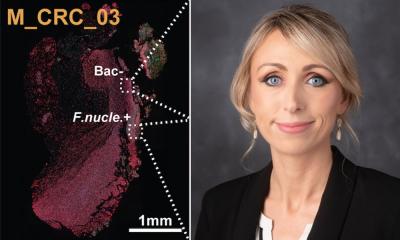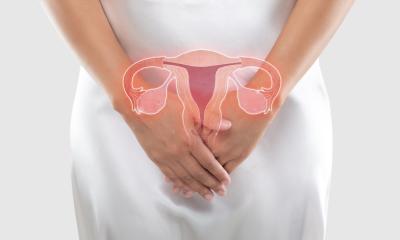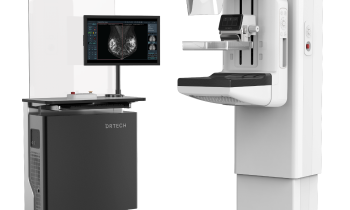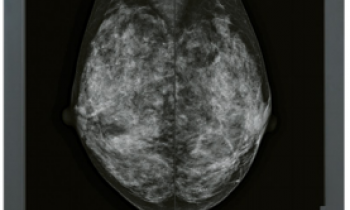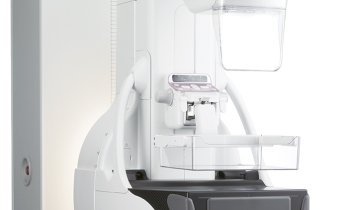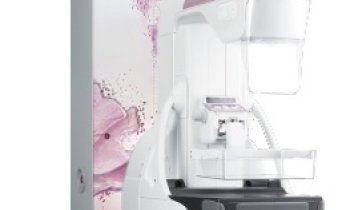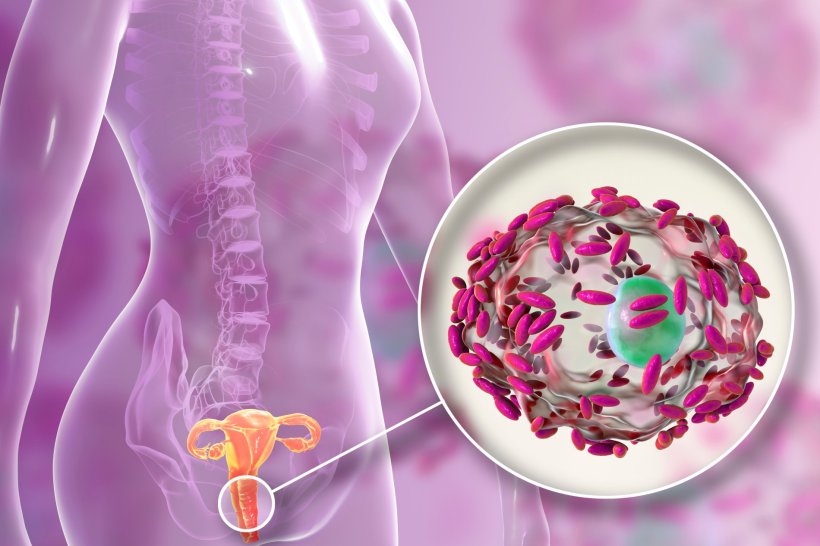
© Dr_Microbe – stock.adobe.com
News • Review explores bacterial impact
Vaginal microbiome holds untapped potential for women's health
The microscopic bacteria living in women’s bodies could be a powerful tool for personalised, non-invasive treatment and earlier diagnosis.
The vaginal microbiome is a largely overlooked area of medicine that could dramatically improve outcomes for millions of women, concludes a new review co-authored by the Medicines and Healthcare products Regulatory Agency (MHRA) published in Frontiers in Cellular and Infection Microbiology.
Vaginal microbiome testing has the potential to revolutionise women’s health by enabling earlier, more accurate, and more personalised diagnosis and treatment of a wide range of conditions – such as common infections, infertility and even cancer.
The MHRA worked with researchers at Kings College Hospital London, the University of Liverpool, Ewha Women’s University and Biowave W Seoul to explore the significant potential of vaginal microbiome diagnostics to revolutionise how we detect, treat and manage a wide range of women’s health conditions – including infertility, miscarriage, preterm birth, gynaecological cancers and menopause-related complications.
This is a major opportunity to address long-standing inequalities in how women’s health is understood, diagnosed, and treated
Saba Anwar
While the gut microbiome has received widespread attention over the last decade, research into the vaginal microbiome has lagged far behind. Nevertheless, this dynamic ecosystem of bacteria plays a critical role in supporting reproductive health and protecting against infection throughout a woman’s life. Dr Chrysi Sergaki, Head of Microbiome at the MHRA, said: “We are only beginning to understand how powerful the vaginal microbiome could be as a diagnostic tool. This review sets out the case for making this a major focus of women’s health research and development going forward.”
Currently, many diagnostic tools in women’s health are imprecise or subjective, leading to delays in diagnosis, preventative measures and treatment of diseases. The paper highlights how microbiome-based diagnostics could offer faster, more accurate, and personalised options to detect conditions like bacterial vaginosis (a common vaginal condition caused by an imbalance in the types of bacteria present in the vagina), sexually transmitted infections (STIs), endometriosis (a condition where tissue similar to the lining of the uterus (endometrium) grows outside the uterus, often in the pelvic area), and even fertility and pregnancy complications, including preterm birth).
Recommended article

Article • Female patients
Focus on women's health
From gynaecology to obstetrics, from breast cancer treatments to menopause research: the distinct medical needs of female patients are manifold. But also in many other areas of research, diagnostics and therapy, the awareness of women requiring different approaches than male patients is dawning. Keep reading to find out more.
The review also highlights the historic underrepresentation of women in clinical research, a gap that has contributed to critical shortcomings in our understanding of female-specific conditions. For example, a study shows that 86 randomised controlled trials in 9 journals show that women account for only 37% of participants in many clinical trials, limiting the ability to fully assess how treatments perform in female patients, including their effectiveness and potential side effects. A recent analysis of the current clinical trial landscape in the UK showed that male-only trials (6.1%) were nearly twice as common as female-only studies (3.7%). Pregnant and breastfeeding women were represented in 1.1% and 0.6% of trials, respectively, which could impact treatment suitability for these groups.
To make further progress on making the life-saving diagnostic potential of the vaginal microbiome an everyday reality, the authors call for:
- Increased investment in women’s health research
- Standardised microbiome testing methods
- Wider inclusion of women in clinical trials to achieve a more balanced ratio
- Integration of microbiome diagnostics into frontline healthcare
Saba Anwar, Senior Scientist at the MHRA, said: “With the right tools, we can move away from a ‘one-size-fits-all’ approach and towards truly personalised women’s healthcare. This is a major opportunity to address long-standing inequalities in how women’s health is understood, diagnosed, and treated.”
Ana Sofia Da Silva, Department of Urogynaecology, King’s College Hospital, London, said: “As our understanding of the human microbiome, particularly the vaginal microbiome, continues to grow, we are beginning to uncover its critical role in women’s health and disease. This emerging field holds immense potential to revolutionise our understanding of chronic conditions, reshape diagnostic pathways, and guide future treatments. A deeper understanding of how the microbiome is linked to disease will not only benefit the future of healthcare but also represent a significant step towards truly personalised care.”
Laura Goodfellow, Women’s and Children’s Health, University of Liverpool, said: “This is an exciting time for women’s health microbiota diagnostics - we’ve spent the past 15 years understanding what is normal, and not. Now vaginal microbiota tests are being developed that can help identify pathology and guide treatment. I look forward to these being brought into routine clinical practice in the next 5-10 years to improve outcomes for women and girls.”
Suenie Park, Microbiome Research Centre, BiowaveW, Seoul, Korea, said: “Through collaborative efforts to publish a joint paper on trends in women’s health and vaginal microbiome diagnostics, we see a strong opportunity to deepen cooperation between Korea and the UK in this critical area. Emerging research highlights that not only gut but also vaginal microbiome profiles exhibit ethnic variability. This underscores the importance of developing reference materials tailored to regional needs while simultaneously working toward harmonized international standards and guidelines. Looking ahead, we intend to play an active role in the development of vaginal microbiome reference materials, as initiated by MHRA Science and Research Group. By strengthening our collaborative framework and pursuing efficient standardization strategies, we hope to contribute to women’s health and accelerate innovation in microbiome-based medical technologies.”
Sunwha Park, Department of Obstetrics and Gynaecology, College of Medicine, Ewha Women’s University, Seoul, Korea, said: “As both a clinician and researcher, I witness firsthand how delayed or inaccurate diagnoses adversely affect women’s reproductive health. Vaginal microbiome testing represents a groundbreaking advancement, offering earlier and more precise detection and treatment—especially in high-impact areas such as preterm birth and infertility. We’ve been identifying key biomarkers from the vaginal microbiome associated with preterm birth, vaginitis, and cervical cancer. Now, the urgent next step is to translate these findings into everyday clinical diagnostics to truly revolutionise women’s health outcomes.”
Source: Medicines and Healthcare products Regulatory Agency
11.08.2025



